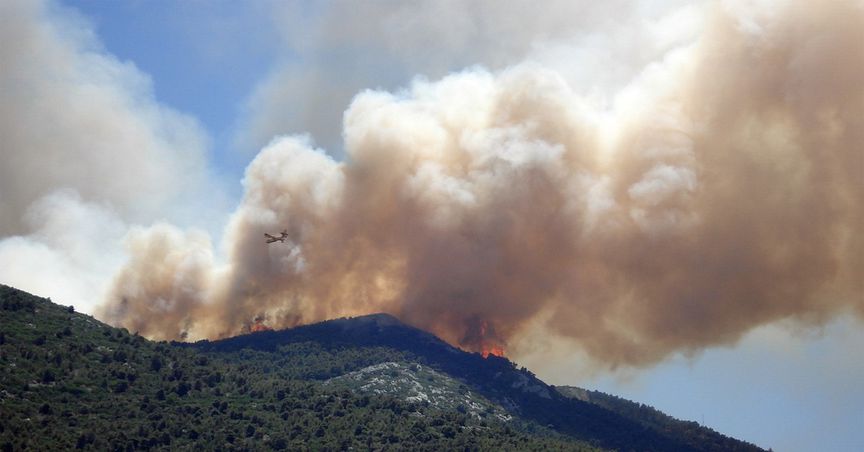Highlights
- The AR6 report mainly focuses on alterations and transitions in ecosystems, infrastructure, industry, and society
- The AR6 described that droughts, floods, wildfires, terrestrial and marine heatwaves, and all climate-related events have caused damage to natural systems, human health, and agricultural productivity
- Agricultural, transportation and tourism sectors are sensitive to the climate change in Canada.
Climate change has caused measurable economic and livelihood losses. It has affected species on the land, ocean and changed the biodiversity.
It causes heavy precipitation events, droughts, and damages freshwater, terrestrial and marine ecosystems. Today, in this article, we will learn what climate change can do to Canada, as per the Intergovernmental Panel on Climate Change (IPCC)?
What does the IPCC Sixth Assessment Report (AR6) say?
The IPCC Sixth Assessment Report (AR6) presented the impacts of climate change on ecosystems, biodiversity, and human communities. The contribution of Working Group II in this report describes how climate change is becoming a threat to well-being and a healthy planet. It also presents how human societies adapt to climate change and how nature responds to it.
The people who are marginalized socially and economically and vulnerable people are most affected by climate change. Climate change in the world is impacting the following areas
- Marine freshwater
- Terrestrial ecosystems
- Water and food security
- Settlements and infrastructure
- Health and wellbeing
- Economies and culture
Also read: What are the impacts of climate change on the Arctic environment?
The AR6 report mainly focuses on alterations and transitions in ecosystems, infrastructure, industry, and society. These changes make adaptation possible that is needed for the planetary, ecosystem, and human health.
The AR6 report described that increased temperatures and land usage are causing vector-borne disease risks in more areas. More extreme events are causing vector-borne disease risks to humans. Climate change is likely spreading West Nile fever in the Canadian Prairies.
The rising sea level, floods, wildfires, droughts, and heatwaves impact infrastructure by disrupting communications, the food and water supply, energy supply, and transport systems. Heat, wildfires, vegetation loss, and droughts also impact natural ecosystems' ability to give carbon storage and sequestration.
AR6 described how droughts, floods, wildfires, terrestrial and marine heatwaves, and all climate-related events have caused damage to natural systems, human health, the productivity of the agricultural, forestry, and fishery sector, food security, and the livelihoods of many people.
Also read: What are the impacts of climate change on human health?
What does the IPCC Fifth Assessment Report (AR5) say?
The AR5 report presented how the global climate has changed since the pre-industrial period and how these changes have impacted organisms, ecosystems, human systems, and well-being. The rising global mean surface temperature (GMST) has increased the frequency of these impacts. Global warming from human activities has caused alteration in land and ocean temperatures.
Southern and western Canada has experienced severe drought conditions. Alaska/western Canada and eastern Canada are the regions that have the largest increases in heavy precipitation events.
AR5 presents that climate change is impacting health through heatwaves. For example, Lyme disease in Canada.
Also read: What is the Canadian Environmental Protection Act, 1999?
Agricultural, transportation and tourism sectors are most sensitive to the climate in Canada. The changing climate, including warming and change in precipitation, will cause earlier melting, and western mountains will likely experience a decrease in snowpack by the middle of the 21st century. Water systems of the western U.S. and Canada, including the Columbia River that depends on catching snowmelt runoff, will be most affected.
In its conclusion, IPCC AR5 said that there will be a great risk of injury, disease, and death and vulnerable populations will face a reduction in labor productivity due to climate change.
Also read: What plans & actions is Canada taking to tackle climate change?

Image credit: © 2022 Kalkine Media®
Bottom line
Extreme weather events, including droughts, wildfires, floods, and heatwaves impact human health, livelihood, and ecosystems. So, it’s necessary to save our planet from increasing climate change by reducing greenhouse gas emissions, using renewable energy resources and water wisely and reducing water waste.



